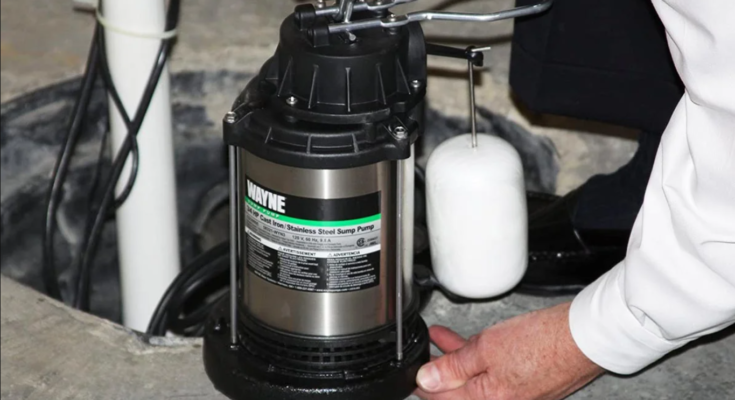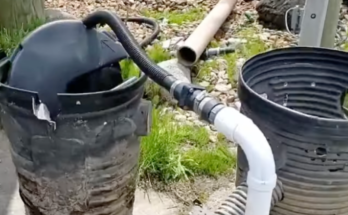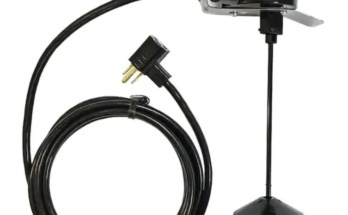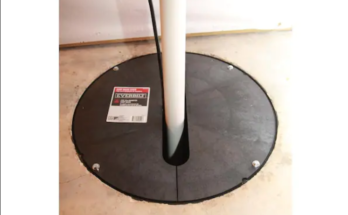Why You Need the Best Sump Pump
Many homeowners often underestimate the importance of having a reliable sump pump until it’s too late. The common belief is that any best sump pump will do the job just fine, but the reality is quite different. When it comes to safeguarding your basement from flooding, settling for anything less than the best sump pump can lead to disastrous consequences. In this blog post, we’ll delve into why having the best sump pump is crucial for every homeowner’s peace of mind.
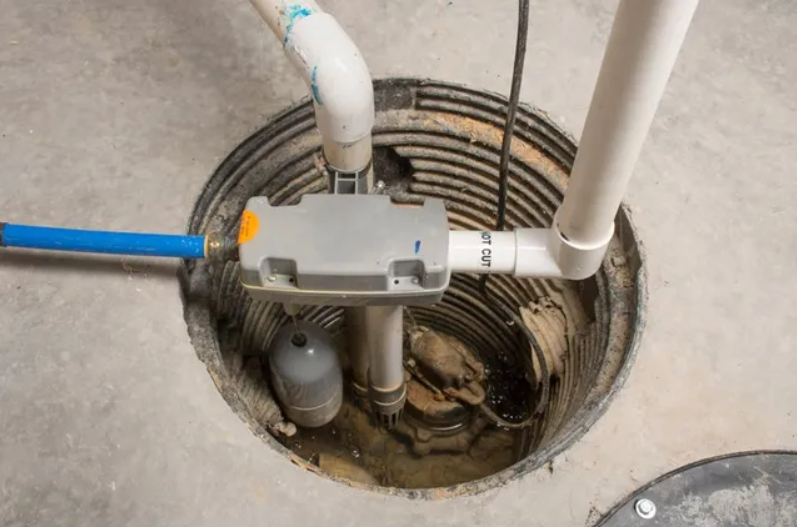
Photo by: rotorooterbck.com
Understanding the Stakes The Consequences of a Sump Pump
Imagine coming home after a heavy rainfall only to find your basement submerged in water. The damage caused by flooding can be devastating, both emotionally and financially. From ruined belongings to structural issues, the aftermath of a flooded basement can be a nightmare to deal with. That’s where having a top-notch best sump pump comes into play. With the right best sump pump in place, you can rest easy knowing that your basement is protected against water damage, no matter the weather conditions.
Key Features to Look for in the Best Sump Pump
When shopping for a sump pump, it’s essential to know what features to prioritize. Here are some key features to consider:
1. Horsepower:
The horsepower of a sump pump determines its pumping capacity. Opt for a sump pump with adequate horsepower to handle the water volume in your basement effectively.
2. Pump Type:
There are two main types of sump pumps: submersible and pedestal. Submersible pumps are installed inside the sump pit, while pedestal pumps are mounted above the pit. Each type has its advantages, so choose the one that best suits your needs.
3. Battery Backup:
Power outages often occur during severe storms, which can render your sump pump useless. Investing in a sump pump with a battery backup ensures that it continues to function even when the power is out, providing you with uninterrupted protection.
4. Float Switch:
A float switch is responsible for activating the sump pump when the water level rises in the sump pit. Look for a sump pump with a reliable float switch mechanism to ensure timely operation.
5. Durability:
Your sump pump should be built to last, especially considering that it’s tasked with protecting your home from water damage. Choose a model made from durable materials that can withstand the rigors of continuous operation.
Why These Features Matter
Each of these features plays a critical role in the performance and reliability of your sump pump. From ensuring adequate pumping power to providing backup during power outages, these features work together to keep your basement dry and your belongings safe. By investing in a sump pump that incorporates these features, you can enjoy peace of mind knowing that your home is well-protected against flooding.
The Truth About Sump Pump Features: What You Need to Know
There’s a misconception among many homeowners that all sump pumps are essentially the same. However, when it comes to protecting your basement from flooding, not all sump pumps are created equal. In this section, we’ll dive into the key features that set the best sump pump apart from the rest, helping you make an informed decision when choosing the right one for your home.
Essential Features of the Best Sump Pumps
1. Horsepower:
– The horsepower of a sump pump determines its ability to pump water efficiently. Higher horsepower pumps can handle larger volumes of water, making them ideal for homes in areas prone to heavy rainfall or high water tables.
– LSI Keywords: Sump pump horsepower, Sump pump motor, Sump pump capacity
– Long Tail Keywords: Best sump pump for heavy rain, Most powerful sump pump for basements
2. Pump Type:
– There are two main types of sump pumps: submersible and pedestal. Submersible pumps are placed inside the sump pit, offering quieter operation and better aesthetics. On the other hand, pedestal pumps are mounted above the pit, making them easier to access for maintenance.
– LSI Keywords: Submersible sump pump, Pedestal sump pump, Best sump pump for crawl space
– Long Tail Keywords: Top-rated submersible sump pump, Affordable pedestal sump pump options
3. Battery Backup:
– Power outages can occur during severe storms, rendering your primary sump pump useless. A sump pump with a battery backup ensures that it continues to operate even when the power is out, providing uninterrupted protection against flooding.
– LSI Keywords: Sump pump backup system, Sump pump battery backup, Sump pump backup battery
– Long Tail Keywords: Reliable sump pump with battery backup, Long-lasting battery backup for sump pumps
4. Float Switch:
– The float switch is responsible for activating the sump pump when the water level in the sump pit rises above a certain threshold. Look for a sump pump with a reliable float switch mechanism to ensure timely operation and prevent flooding.
– LSI Keywords: Sump pump float switch, Sump pump float mechanism, Sump pump float valve
– Long Tail Keywords: Sump pump with dependable float switch, Adjustable float switch for sump pump
5. Durability:
– Your sump pump should be built to withstand the rigors of continuous operation, especially during heavy rainfall or flooding events. Look for models made from durable materials that can withstand corrosion and wear over time.
– LSI Keywords: Durable sump pump, Long-lasting sump pump, Reliable sump pump
– Long Tail Keywords: High-quality sump pump, Sturdy sump pump construction
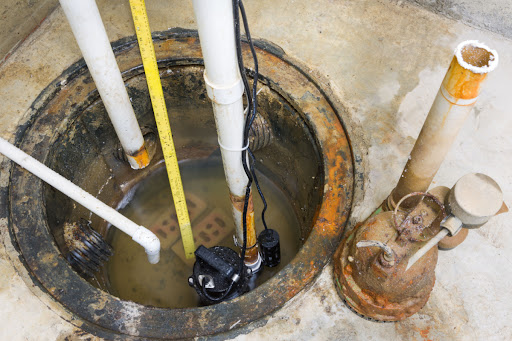
Photo by: pgainc.net
Why These Features Matter
Each of these features plays a crucial role in the performance and reliability of your sump pump. From ensuring adequate pumping power to providing backup during power outages, these features work together to keep your basement dry and protected. By prioritizing these features when selecting a best sump pump for your home, you can rest easy knowing that your basement is safeguarded against flooding, no matter what Mother Nature throws your way.
Breaking Down Sump Pump Types: Choosing What’s Right for You
Many homeowners face the dilemma of choosing the right best sump pump for their needs, often unaware of the variety available and their respective benefits. Let’s delve into the intricacies of two main types: submersible and pedestal sump pumps, and unravel which one might be the perfect fit for your home.
Submersible Sump Pumps: A Closer Look
Submersible sump pumps, as the name suggests, are installed directly within the sump pit, submerged underwater during operation. These pumps offer several distinct advantages. First and foremost, their operation is notably quieter compared to pedestal pumps. The submerged design not only dampens noise but also provides a cleaner, more aesthetically pleasing appearance since the pump is hidden from view. Maintenance is also less of a hassle with submersible pumps, as they are shielded from debris and contaminants, reducing the frequency of cleaning required.
However, there are considerations to ponder with submersible best sump pump. Their initial cost tends to be higher than pedestal pumps, which might deter budget-conscious buyers. Additionally, there’s a risk of clogging if the pump isn’t adequately maintained, potentially leading to disruptions in performance and costly repairs down the line.
Pedestal Sump Pumps: Is It Right for You?
On the other hand, pedestal sump pumps are mounted above the best sump pump pit, with only the pump impeller submerged during operation. These pumps offer affordability as their upfront cost is typically lower than submersible pumps. Additionally, their design makes them easily accessible for maintenance and repairs, saving homeowners time and effort.
However, there are drawbacks to consider with pedestal best sump pump. Their operation tends to be louder due to the motor being located above the best sump pump pit. This might not be ideal for homeowners seeking a quieter solution. Furthermore, their visible appearance might not align with the aesthetics of a finished basement or a homeowner’s preference for a cleaner look.
Choosing the Right Type for Your Home
In summary, selecting the best sump pump type for your home boils down to weighing the pros and cons against your specific needs and preferences. Submersible pumps offer quieter operation and a cleaner appearance but come with a higher initial cost and the risk of clogging. Pedestal pumps, while more affordable and easily accessible for maintenance, tend to be louder and have a visible appearance. By considering factors such as noise level, maintenance requirements, and budget, you can make an informed decision and ensure your home is equipped with the ideal sump pump solution.
Frequently Asked Questions (FAQs)
Q: What’s the difference between a submersible and a pedestal sump pump?
A: The main difference lies in their installation and operation. Submersible sump pumps are placed inside the sump pit and operate underwater, while pedestal pumps are mounted above the pit with only the pump impeller submerged.
Q: How do I know which type of sump pump is right for my home?
A: Consider factors such as noise level, maintenance requirements, and budget. Submersible pumps offer quieter operation and a cleaner appearance but come with a higher initial cost, while pedestal pumps are more affordable and easily accessible for maintenance.
Q: Are submersible sump pumps prone to clogging?
A: Without proper maintenance, there’s a risk of submersible pumps becoming clogged with debris. Regular cleaning and upkeep are essential to prevent disruptions in performance.
Q: Do pedestal sump pumps require frequent maintenance?
A: While pedestal pumps are easier to access for maintenance and repairs, they still require regular upkeep to ensure optimal performance. Simple tasks like cleaning the pump and checking the float switch are recommended.
Q: Can I install a sump pump myself, or do I need professional help?
A: It depends on your level of expertise and comfort with plumbing tasks. Installing a sump pump can be a DIY project for those with experience, but if you’re unsure, it’s best to consult a professional to ensure proper installation and functionality.
Q: How long do sump pumps typically last?
A: The lifespan of a sump pump can vary depending on factors such as usage, maintenance, and quality. On average, a well-maintained sump pump can last anywhere from 5 to 15 years.
Q: Can I use a sump pump as a backup for my basement waterproofing system?
A: While sump pumps are an essential component of basement waterproofing, they shouldn’t be relied upon as the sole backup. It’s advisable to have additional backup measures in place, such as a battery backup system or a secondary sump pump.
Q: What should I do if my sump pump fails during a storm or heavy rainfall?
A: If your sump pump fails during inclement weather, it’s crucial to act quickly to minimize damage. Contact a professional plumber or sump pump technician to assess the situation and make any necessary repairs or replacements. In the meantime, consider using a backup pump or manually removing water to prevent flooding.
